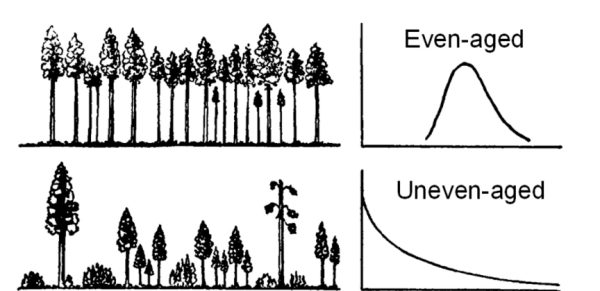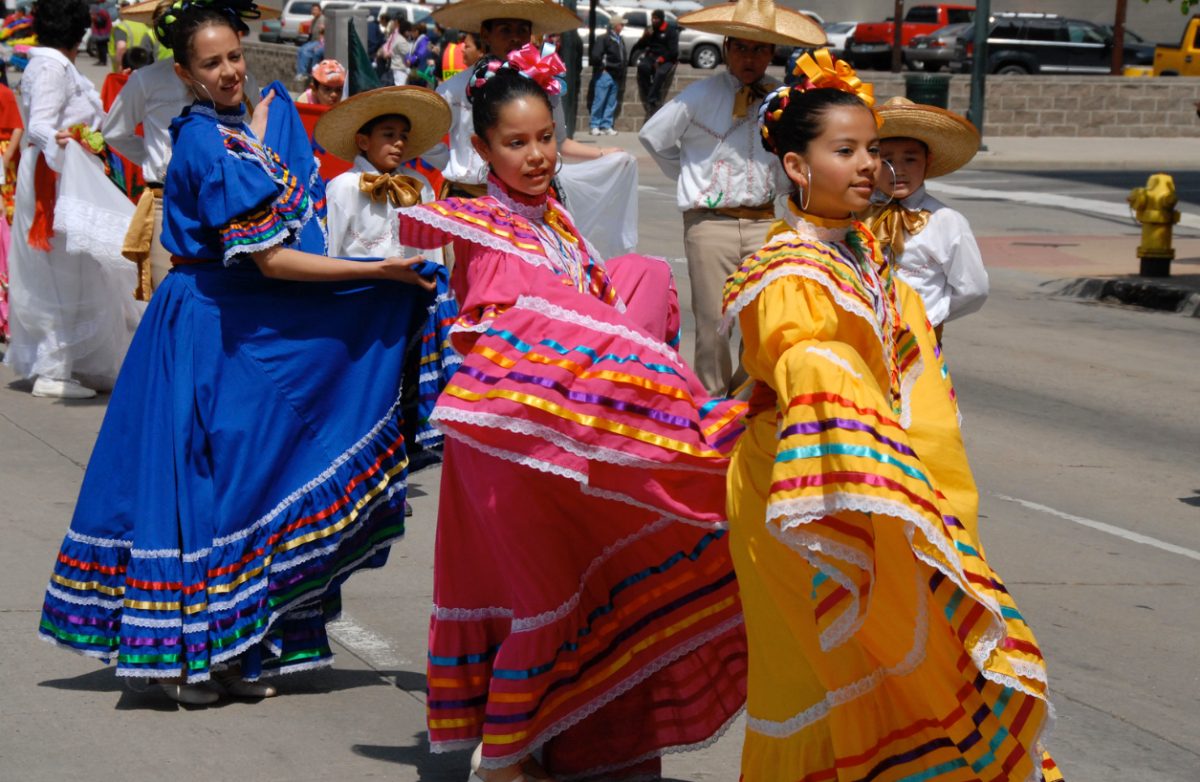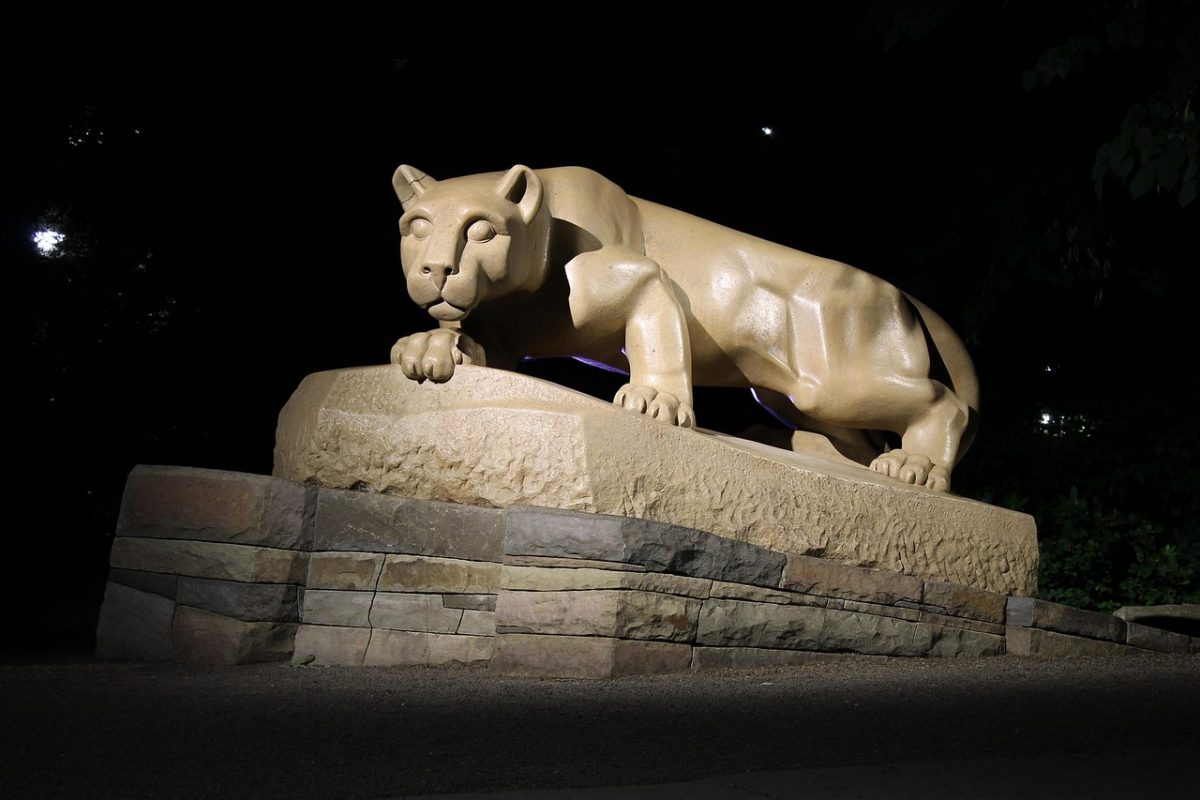When companies harvest wood, they select an area of land and cut down every single tree within that region, and destroy the habitat for years to come. However, harvesting wood doesn’t need to be destructive.
Have you ever watched Dr. Seuss’ The Lorax? The Oncelor, driven by greed, harvests every single Truffula tree in the forest. Although this scene is fictional, it reflects the real plights of deforestation.

Deforestation is the “purposeful clearing of land,” as defined by the National Geographic Society. Often, when companies harvest wood, they select an area of land and cut down every single tree within that region. Alongside cutting trees, harvesters clear the existing wildlife and ecosystem. This process affects the forest for years to come, inhibiting the growth of both trees and wildlife.
Harvesting all trees in a specific area is a practice called “clear cutting”, as defined by EOS.com. As destructive as this process is, it is preferred by many harvesters because the profit margin with this method is consistently higher than profit margins from using other methods.
However, there are much more environmentally friendly methods to harvesting trees. By only harvesting the older trees, the impact on the surrounding environment is not only lessened, but may even be positive.

Removal of older trees allows the younger trees in the forest to receive sunlight and nutrients that the older trees may have been blocking out. The growth of younger trees is encouraged, and if the older trees in a forest are consistently cut down, the resulting forest will have a mix of ages.
A mix of ages is needed for a forest to survive in the future. In a forest where old trees are the most common, they will all inevitably die. While they were alive, they blocked out resources that allowed younger trees to grow during their life. Now that the old trees are dead, there aren’t any large trees big enough to sustain the surrounding ecosystem.
Alongside ensuring long term survival, a mix of ages brings many other benefits for the forest. According to Mark Bradford, professor of soils and ecosystem ecology at Yale School of Environment, a mix of ages helps increase biodiversity and prevents wildfires.
However, this method of cutting down the old trees requires harvesters to pay special attention to which trees they are choosing to cut.
While this method is much less efficient and is costly, the return in forest growth in invaluable for us, and our future.







